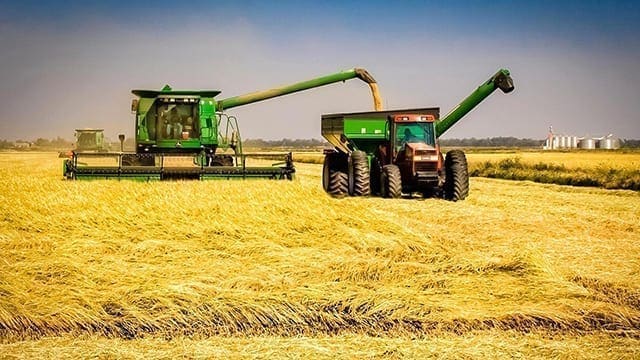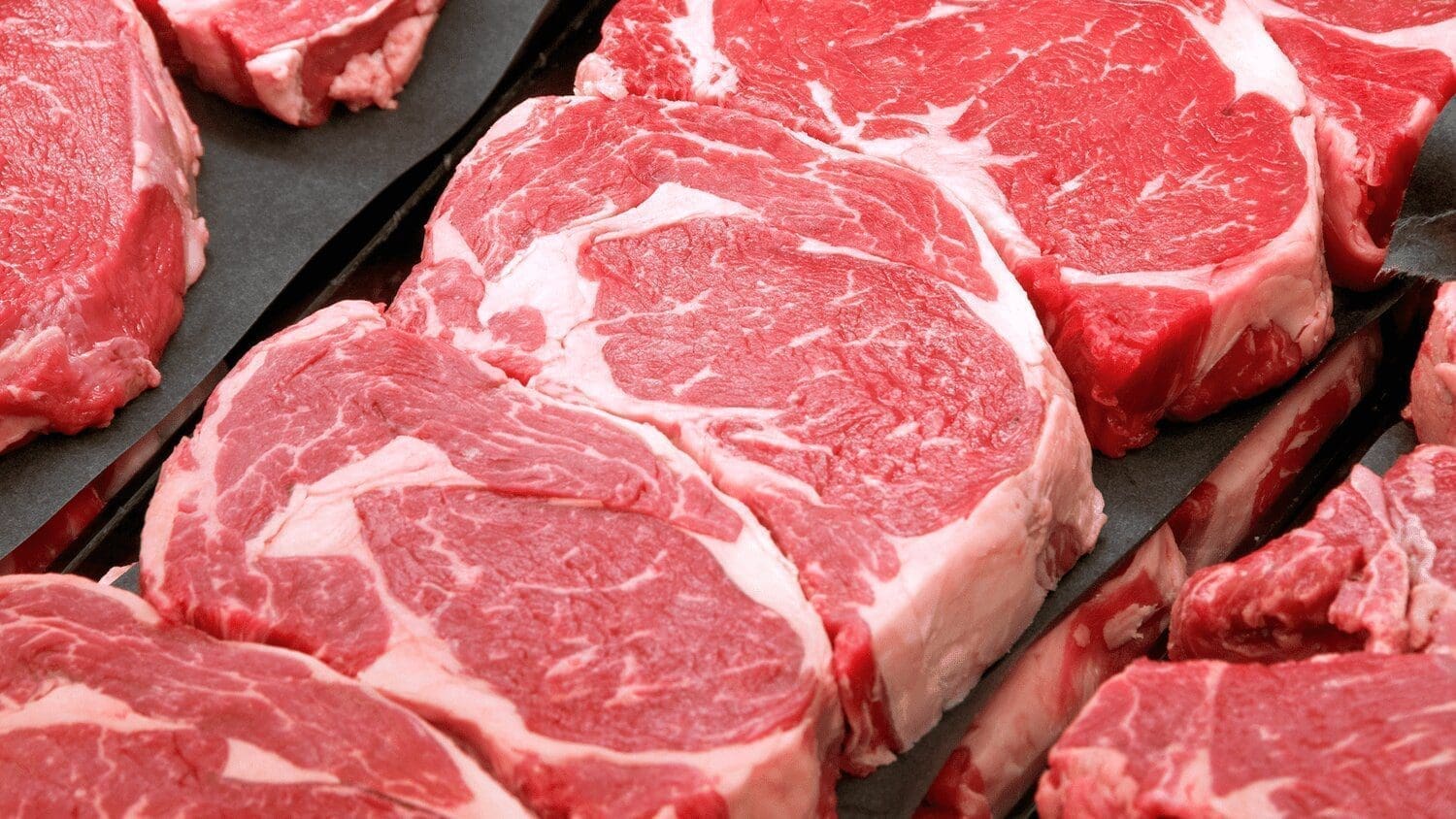ZAMBIA– Zambia’s leading food and agro producer Zambeef Products has opened a new state-of-the-art milking parlour with potential to increase its milk production ten-fold in the future.
The company’s Kalundu Dairy Farm is gearing up for industrialisation of Zambia’s dairy sector with the construction of the largest state-of-the-art rotary milking parlour in Zambia and Central Africa, according to the company
The new US$1.5 million facility in Chisamba, central Zambia, will give the food processing and retailing company the capacity to milk up to 2,500 cows a day in the near future.
“This is an exciting chapter in Zambeef’s history and in the wider industry, and more so for Zambeef. The new systems and technologies will enable the management of larger herds, which is important for efficiency and growth in the industry,” said Zambeef Head of Retailing, Marketing and Corporate Affairs Felix Lupindula.
According to the company, the facility uses the same technology found in today’s leading milk-producing countries, complete with computerised sensors to assist it’s veterinary department and staff in identifying animals needing attention.
The farm’s manager Willa Vorster is proud of the facilities at the farm.
“On this new system we can get information from every cow, every day, every milking; it gives us milk yield, peak yield in that session, duration of the milking, the conductivity of the milk which is the indication of mastitis and also blood levels; if we can detect issues with a cow, that ensure the very highest quality of products that we supply to the consumer,” says the manager.
With improved and strict biosecurity system, the highly advanced parlour allows for a closed herd system that serves to prevent animal-to-animal or human-to-animal transmissions of disease.
The new system also allows cows to be separate from each other, and to stay in a more relaxed atmosphere, which could enable them to produce more milk.
Plans are also underway to install fans in the parlour to help cool down the cows during the much hotter summer months.
“Operating at full capacity, the rotary plant will enable Zambeef to produce as much 60,000, litres of milk a day to feed into its 100,000 litres installed capacity milk processing plant at Huntley Farm, with a further 30,000 output supplemented by small-scale farmers, in order to boost the current output of 23,000 litres, which is currently exceeded by market demand,” says Zambeef.
To enhance data collection, each cow is fitted with a monitor or transponder, which collects data on the status of its well-being at every milking session.
The milk from the farm is delivered to Zambeef’s milk processing plant at nearby Huntley Farm, which processes the company’s milk and that from outgrower farmers from the area.
The parlour has a maximised cooling system designed to maintain the integrity and freshness of the milk, with storage tank temperatures kept at a regulated optimum levels.
Zambeef says that with reduced milking times, the company will manage to milk up to 2,500 cows in any given session, reducing on time wasted and boosting output at the farm.
The company plans to construct four new barns, each with a capacity to house 300 cows at a time, in anticipation of the rotary’s increased capacity of milking up to 2,500 cattle over the coming years.
“The dairy industry in Zambia has great potential with much room for growth and Zambeef remains committed to making key investments which plays a key role in propelling that growth forward,” said Lupindula.
The dairy industry is Zambia is one of the key growth markets in Africa and could position itself to meet the country’s and region’s milk demand if production volume can be improved significantly through such investments.
Apart from Zambeef, Parmalat, a subsidiary of leading French dairy company, Lactalis, is the other major player in the country’s dairy processing sector.
Increasing urbanization, bulging youth numbers and a stabilizing economy continue to drive the demand for dairy products in the country, one of the countries with largely untapped dairy potential in Africa, due to large fertile land that is perfect for raising dairy animals.











